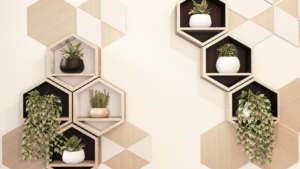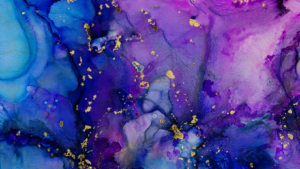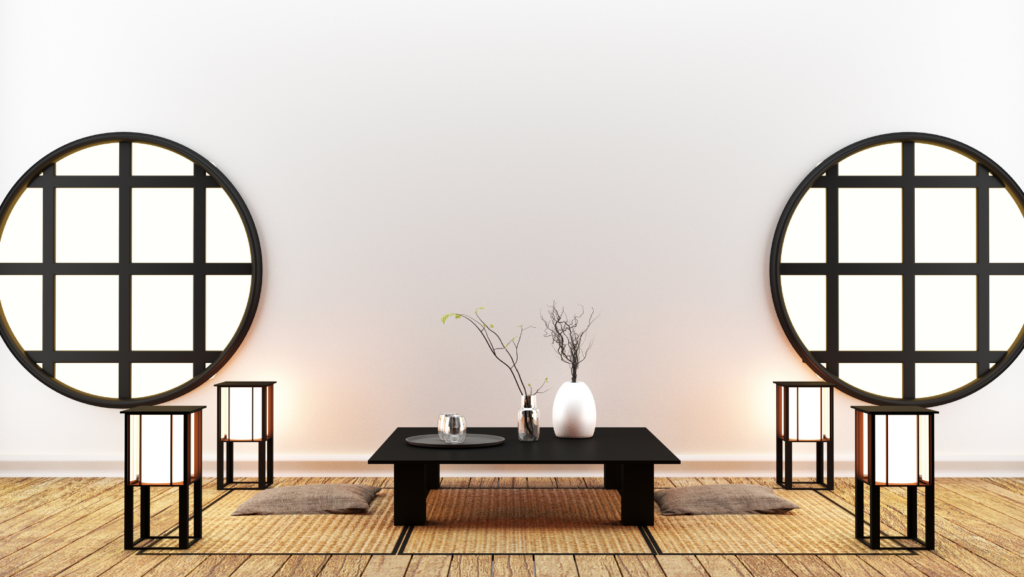Japanese contemporary art captivates audiences worldwide with its innovative blend of tradition and modernity. As artists push boundaries and explore new mediums, they craft works that reflect Japan’s dynamic cultural landscape. From the bustling streets of Tokyo to serene rural settings, this art form mirrors the country’s rich history while embracing the future.
In recent years, Japanese contemporary art has gained international acclaim, with artists like Yayoi Kusama and Takashi Murakami becoming household names. Their vibrant, thought-provoking pieces challenge perceptions and invite viewers to engage with complex themes. This art movement isn’t just about aesthetics; it’s a reflection of societal shifts and global influences.
As technology and globalization continue to shape the world, Japanese contemporary artists remain at the forefront of creative expression. By merging traditional techniques with cutting-edge concepts, they offer a unique perspective on the ever-evolving narrative of modern art. This exploration invites art enthusiasts to experience Japan’s artistic renaissance firsthand.
Japanese Contemporary Art

Japanese contemporary art intertwines with rich cultural traditions and modern influences. This artistic style often mirrors the complexities of Japan’s societal evolution. Artists merge conventional techniques with cutting-edge technology, creating immersive experiences. Installations by teamLab, for example, use digital projections to captivate audiences.
Art serves as a lens for examining globalization’s impact on cultural identity. Traditional motifs blend with globalized themes, encouraging dialogues about cultural preservation. Yayoi Kusama’s polka dots symbolize personal and cultural motifs interpreted globally.
Japanese contemporary artists develop distinct styles that challenge artistic norms. Takashi Murakami’s Superflat movement critiques commercialism and consumer culture. This movement shows the depth and breadth of Japanese art beyond traditional perceptions.
Exhibitions and art fairs play pivotal roles in bringing Japanese contemporary art to the global stage. Events like the Setouchi Triennale showcase regional art, fostering international connections. These platforms position artists to interact with a broader audience, reflecting Japan’s dynamic creative landscape.
Influential Artists
Japanese contemporary art boasts a wealth of influential figures who shape its dynamic landscape. Key artists such as Yayoi Kusama and Takashi Murakami have made significant strides internationally.
Yayoi Kusama
Yayoi Kusama stands as one of Japan’s most renowned contemporary artists. Known for her immersive installations and vibrant polka dots, Kusama explores themes of infinity and self-obliteration. Her work invites viewers to experience endless repetition and interconnectivity. Kusama’s distinctive style, which blends traditional Japanese motifs with avant-garde techniques, has gained her worldwide acclaim. Her iconic “Infinity Mirror Rooms” engage audiences in a unique dialogue on perception and space.
Takashi Murakami

Takashi Murakami has redefined contemporary art with his distinctive Superflat movement. By blending traditional Japanese art techniques with commercial and popular culture elements, Murakami critiques consumerism and societal values. His vibrant, cartoon-like imagery draws from anime and manga, appealing to both art enthusiasts and the general public. Murakami’s ability to merge fine art with commercial appeal has solidified his status as a pivotal figure in the art world. Notable works like “Kaikai Kiki” and “Mr. DOB” exemplify his style, making his art instantly recognizable on both a national and international scale.
Artistic Movements and Styles
Contemporary Japanese art is characterized by diverse movements and styles that reflect the nation’s cultural and societal changes. Key movements like Neo-Pop and Mono-ha offer distinctive approaches and artistic expressions.
Neo-Pop

Neo-Pop emerged as a vibrant movement in Japanese art, drawing inspiration from popular culture. Artists like Takashi Murakami and Yoshitomo Nara became prominent figures by incorporating commercial and kawaii (cute) themes into their works. Murakami’s Superflat movement, a part of Neo-Pop, blends traditional Japanese techniques with modern digital aesthetics, critiquing the consumer-driven society. His works, such as “727,” exemplify this fusion, presenting flat two-dimensional figures in bright, appealing colors.
Mono-ha
Mono-ha, translating to “School of Things,” focused on the relationship between natural and industrial materials. Emerging in the late 1960s, artists like Lee Ufan and Nobuo Sekine explored the essence of objects themselves rather than transforming them. The movement challenged conventional art forms, presenting installations that emphasized space and perception. Sekine’s “Phase-Mother Earth” demonstrates Mono-ha’s philosophy, combining soil and cement to engage viewers with the physical and spatial qualities of the materials used.



